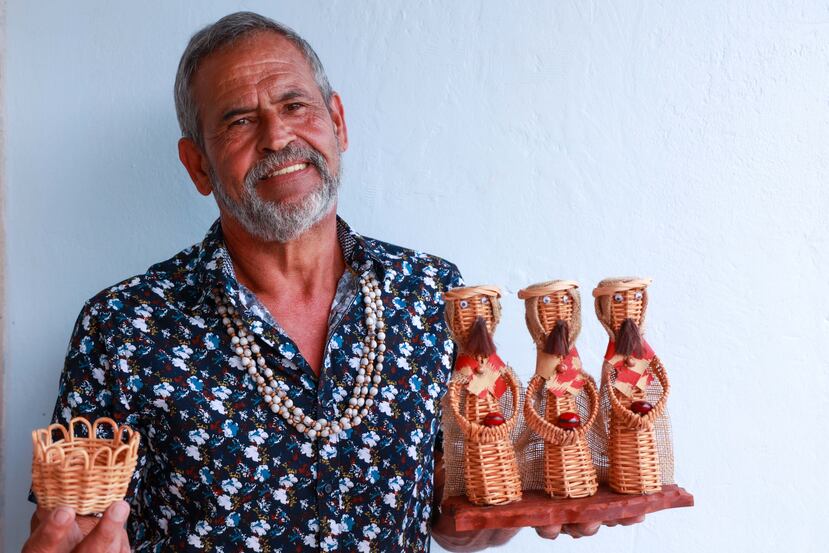
We are part of The Trust Project
Edwin Marcucci Caraballo is Proclaimed the “King of Bejuco” in Adjuntas
The artisan is the creator of impressive pieces made with this vine
Archival note
This content was published more than 1 year ago.
March 8, 2024 - 11:00 PM


Lee la historia en español aquí.
Las noticias explicadas de forma sencilla y directa para entender lo más importante del día.

Te invitamos a descargar cualquiera de estos navegadores para ver nuestras noticias:
